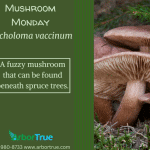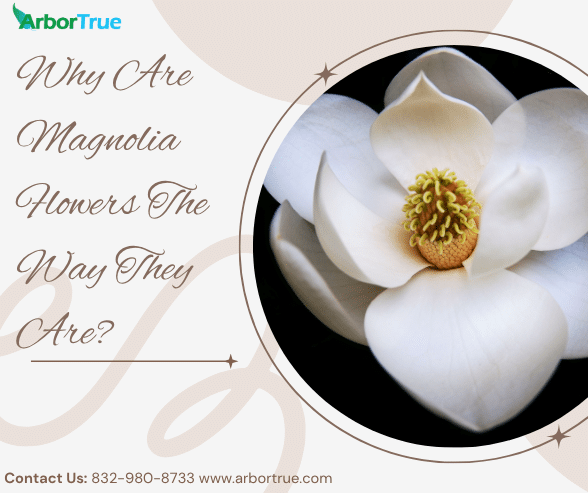
Mushroom Monday: Tricholoma vaccinum
June 24, 2024
The Anna Apple Tree: Post Three: Brix
June 28, 2024
The Anna Apple Tree: Post Two: Chill Hours
This is our second in a series of posts about the Anna apple tree. In the first post, we covered the basics. In today’s post, we use the Anna apple tree as a way to look at the concept of chill hours.
Anna Apple Trees and Chill Hours
As we mentioned, Anna apple trees need less chill hours than some other types of apple trees. Because of this, Anna apple trees can be grown in warmer climates, such as the Gulf Coast. They are one type of apple tree that provides an option for people in these areas.
Chill Hours: The Basic Idea
The concept of chill hours can be a little complicated. There is a lot to how a tree responds to temperature, how it accumulates chill hours, and how many chill hours it needs. In a sense though, the concept can be viewed in a simple way. Chill hours are basically the amount of time a tree is in the cold.
To be a little more precise, chill hours generally means the amount of time a tree experiences temperatures lower than a specified threshold. The amount of time a tree spends below this threshold is cumulative during a season and it accumulates during the dormant season for a specified tree.
The exact temperature threshold can vary depending on the tree and conditions, but it can usually be around 45 °F, more generally being between freezing and fifty degrees.
If temperatures get too cold, trees sometimes will not accumulate chill hours during those times. For example, if temperatures are below freezing, not only might this not add to the chill hours of the tree, but the time spent below freezing could damage the tree.
On the other hand, if temperatures get too warm during a cold period, a tree can lose chill hours that it has accumulated. Although it isn’t necessarily this simple, but just as an example, if a tree has accumulated 120 chill hours, and temperatures rise above a threshold for 10 hours, the tree will be as though it had only had 110 chill hours.
If a tree experiences a situation where it gets more than its required chill hours (but within the threshold), this might not be detrimental to the tree and it might produce more flowers and fruit (though extra fruit can put strain on a tree’s branches if not thinned out).
What do Chill Hours Affect?
Chill hours are very important for trees and can affect a number of things.
On a large scale chill hours influence when a tree comes out of dormancy. A tree will have to spend enough time in the cold before it can begin to start growing actively. The idea is that the amount of time in the cold indicates to the tree that enough of winter has passed and that it will be warmer soon and it can start actively growing again. When there are enough chill hours, a tree can experience hormonal changes that can start the process of growing actively for spring.
In addition, having enough chill hours allows a tree to form flower buds properly, produce leaves at the right time, produce fruit in the proper way, and defend itself against things such as pests and disease.
Generally speaking, a tree has to spend enough time in the cold for processes to take place properly and for the tree to have signals that it has spent enough time in winter and that spring is near.
If a tree does not spend enough time in the cold, it would not experience things correctly and processes would not occur as they should. An analogy might be how daylight signals to us the passage of time and without the indicator (or a way to tell time) it can be hard to regulate our days and nights properly.
Chill Hours and Apple Trees
Apple trees generally have a chill requirement of between 200 and 1000 hours. As mentioned in the post about Anna apple tree basics, Anna apple trees need between around 200 and 300 chill hours. To put this in perspective, here are the chill hour ranges of some other types of apple trees:
Fuji apples – 350 to 400 hours
Gala apples – 500 hours
Granny Smith – 500 hours
Honeycrisp – 800 hours
Since Anna apple trees require less chill hours than some other varieties they can be a good choice for people in warmer climates.
If you are interested in growing Anna apple or other fruit trees, an arborist can help you evaluate the conditions where you live and what trees might be right for your situation.
If you liked learning about Anna apple trees, check out our other posts on our TrueTreeTalk blog. Follow us on Facebook to keep up with these and other posts. Also, check back here for more posts about Anna apple trees.
* * *
ArborTrue is a science-based tree-service company in the greater Houston area. We provide a range of services including tree trimming, tree pruning, tree removal, tree planting, arborist consultations, and more. Call us today at 832-980-8733 or reach out to us online to schedule an appointment.




